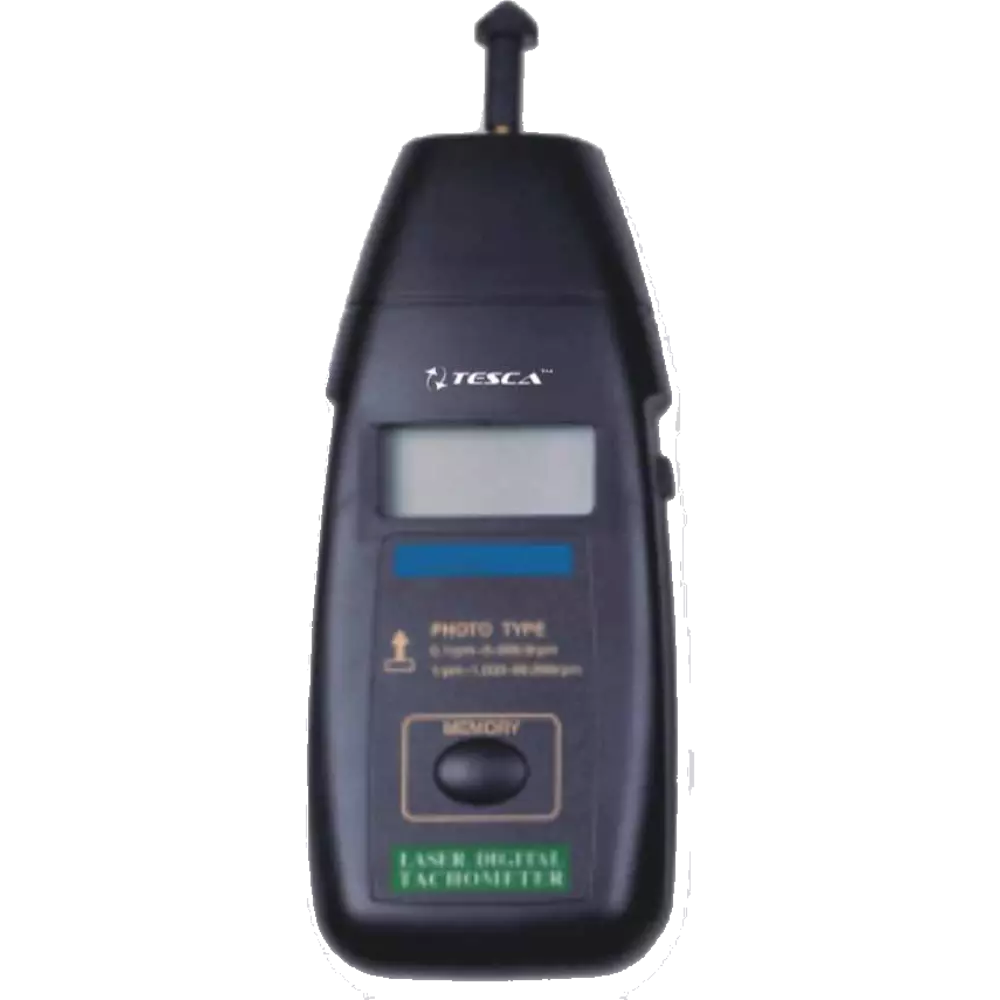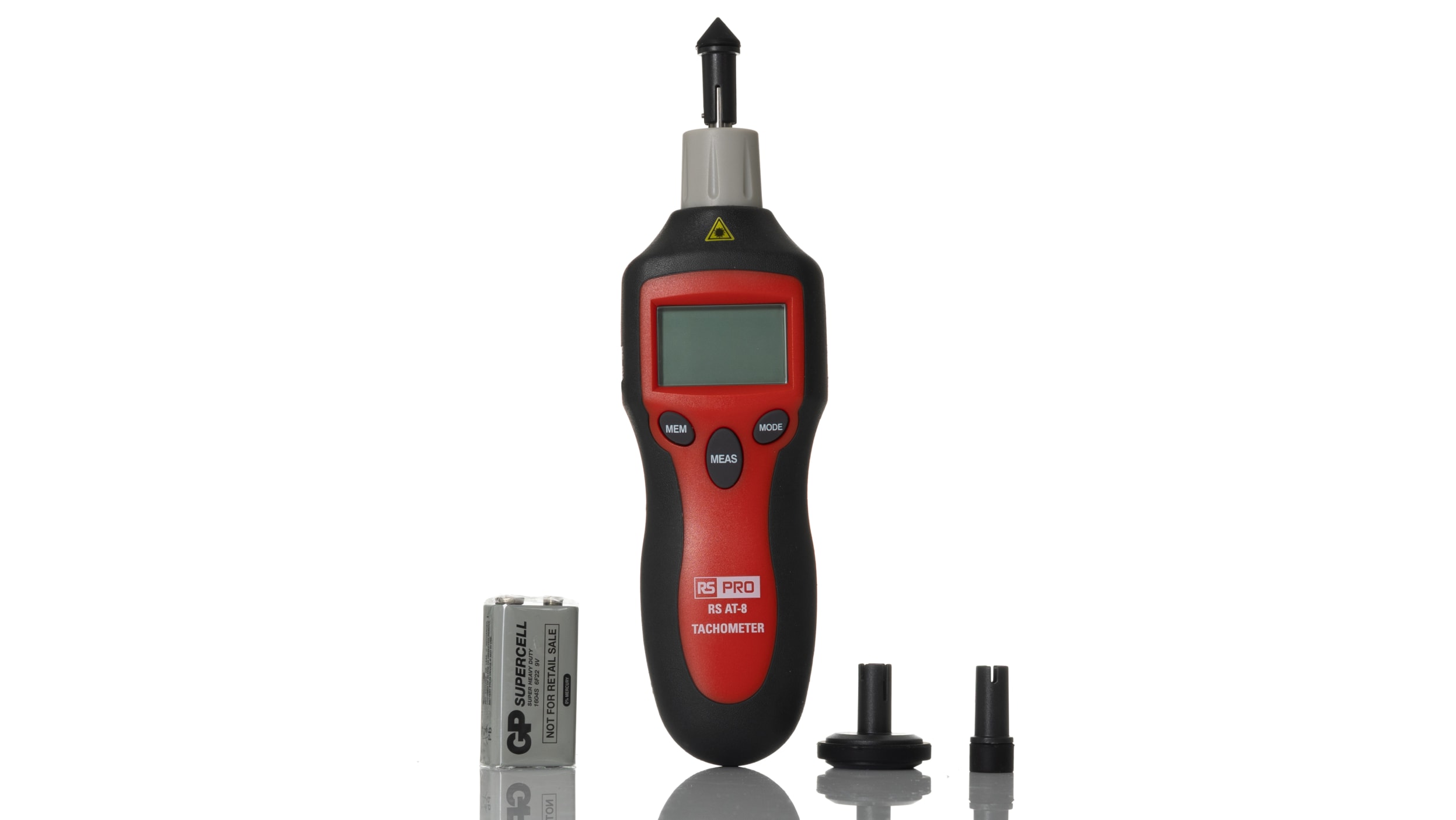Discover Exactly How a Tachometer Can Improve Your Automobile's Efficiency
Discover Exactly How a Tachometer Can Improve Your Automobile's Efficiency
Blog Article
The Significance of a Tachometer in Checking Engine Speed and Efficiency in Automotive Applications
In the realm of vehicle engineering, the tachometer stands as a crucial instrument in the vehicle driver's arsenal, giving a direct home window right into the inner functions of a vehicle's engine. Beyond its feature as a mere gauge of changes per min (RPM), the tachometer serves as a critical tool for lovers and specialists alike, providing real-time understandings right into engine performance and wellness. Understanding the importance of this tool exceeds surface-level observations, delving right into the intricate connection in between engine rate, power result, and overall driving experience. As we check out the diverse role of the tachometer in vehicle applications, a much deeper appreciation for its effect on automobile characteristics and efficiency begins to emerge.
Significance of Keeping Track Of Engine RPM
Keeping an eye on engine RPM, or transformations per min, is an essential facet of auto upkeep and performance examination. Engine RPM directly correlates with the speed at which the engine's crankshaft revolves, showing just how swiftly the engine is running - tachometer. By keeping an eye on RPM, auto mechanics can evaluate the wellness of the engine, spot prospective problems, and fine-tune performance. An irregular RPM reading might indicate issues such as engine misfires, defective ignition system, or concerns with the gas delivery system. Consistently high RPM readings can suggest aggressive driving habits or the demand for a higher equipment change to enhance fuel performance.
In addition, checking engine RPM is necessary for performance assessment in auto racing and high-performance vehicles. In summary, checking engine RPM is not just crucial for detecting concerns yet additionally for enhancing engine efficiency in different automobile applications.

Advantages of Real-Time Data
In automotive applications, real-time information plays a vital duty in giving instantaneous understandings right into the efficiency and condition of the automobile. By continually checking numerous criteria such as engine rate, temperature level, gas intake, and extra, real-time information supplies countless advantages that add to boosted performance and security on the roadway.
Additionally, real-time information helps with efficiency optimization by supplying immediate responses on driving practices and engine efficiency. Motorists can adjust their actions in real-time based on this information to attain better gas economy and lengthen the life expectancy of their vehicle.

Additionally, real-time data plays a crucial duty in contemporary auto diagnostics, making it possible for specialists to promptly diagnose and attend to breakdowns. This results in minimized downtime, reduced maintenance prices, and ultimately, enhanced total vehicle dependability and long life (tachometer). By utilizing the power of real-time information, automotive stakeholders can make educated choices that favorably impact both the performance and durability of the lorry
Influence On Gear Shifts
Effective equipment changes in auto applications substantially affect total efficiency and driving experience. The tachometer plays a crucial function in maximizing equipment changes by providing real-time engine speed data to the motorist. When coming close to the redline on click here for more the tachometer, it signifies the chauffeur to upshift to protect against over-revving the engine and creating prospective damages. On the various other hand, downshifting at the right moment can help maintain the engine in its power band, guaranteeing responsive acceleration when needed.
Additionally, the tachometer aids in achieving smoother gear changes, specifically in hand-operated transmissions. By keeping track of engine speed, chauffeurs can execute equipment changes at the ideal RPM range, reducing snagging movements and lessening wear on the transmission parts. This accuracy on duty changes not just improves see this site driving convenience yet additionally contributes to fuel efficiency.
Enhancing Gas Effectiveness
Given the crucial role the tachometer plays in maximizing gear shifts for efficiency and engine wellness, it straight adds to optimizing fuel efficiency in auto applications. By supplying real-time feedback on engine rate, the tachometer assists motorists in preserving the most effective RPM range for gas economy. When vehicle drivers constantly monitor the tachometer and readjust their driving behaviors appropriately, they can avoid unneeded fuel usage brought on by over-revving or carrying the engine.
Furthermore, the tachometer helps motorists identify the most fuel-efficient equipment to be in at any given minute, avoiding the engine from working more challenging than necessary. This is especially critical during acceleration and travelling, where being in the best equipment can considerably affect gas efficiency. Furthermore, the tachometer can signal drivers to prospective mechanical concerns that might be adversely affecting fuel economic situation, such as a sliding clutch or a blocked air filter. In final thought, the tachometer acts as a beneficial tool in enhancing fuel performance by advertising optimal driving see here practices and determining locations for renovation in the vehicle's performance.

Maximizing Engine Durability
The tachometer's role in keeping track of engine rate and efficiency is important in making certain the durability of automotive engines. Monitoring the tachometer enables drivers to remain within the recommended RPM range for their car, protecting against unneeded pressure on the engine and extending its life expectancy.

Final Thought
To conclude, the tachometer plays a crucial function in checking engine speed and performance in automotive applications. By giving real-time information on RPM, it permits reliable gear changes, improved fuel performance, and maximized engine long life. This tool is crucial for preserving ideal engine efficiency and ensuring the general capability of a car.
Report this page